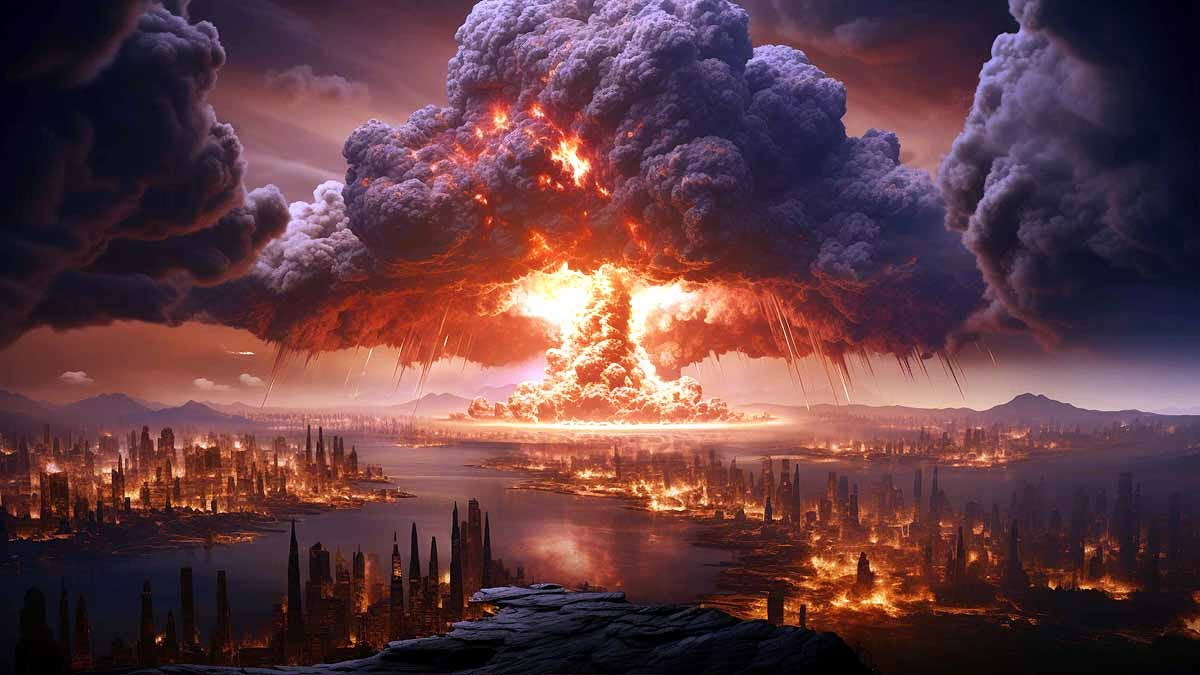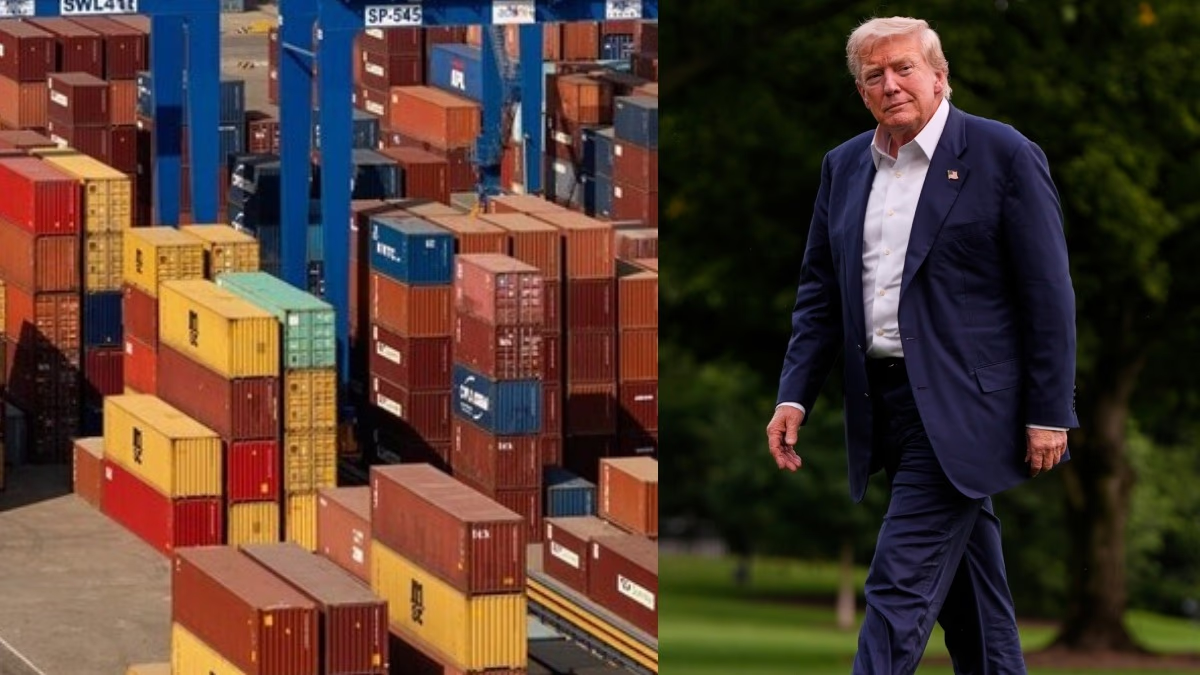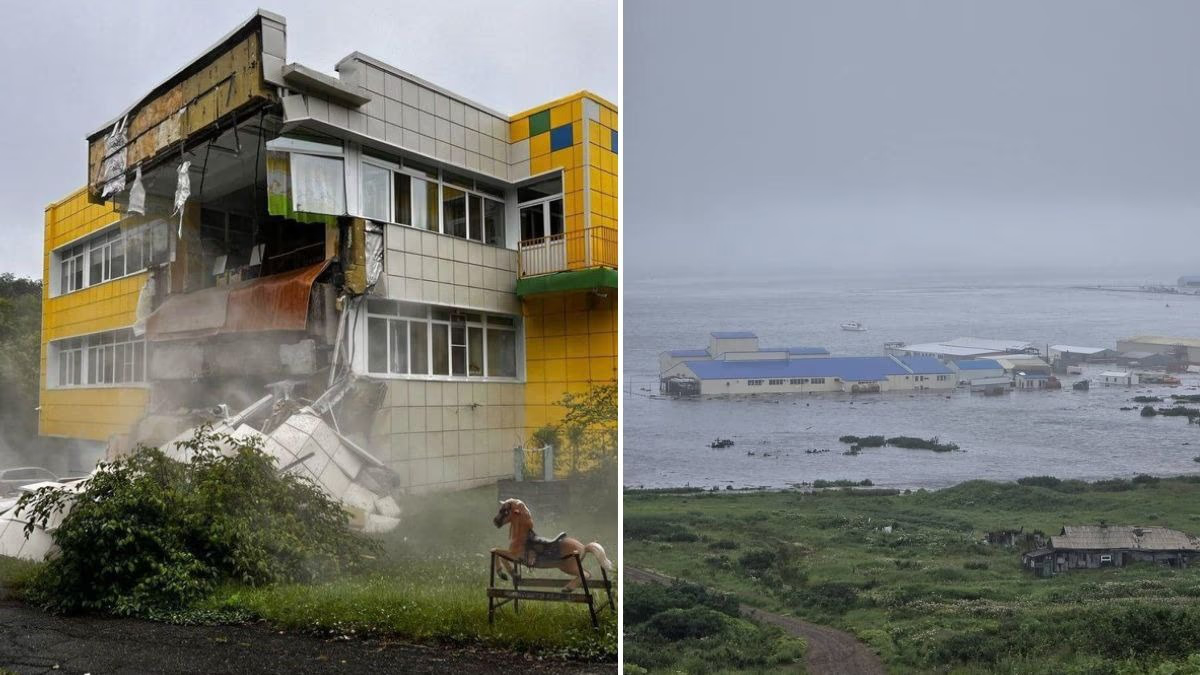Imagine the sheer power of a magnitude 8.8 earthquake, unleashing energy equivalent to 14,300 Hiroshima bombs simultaneously. But is this comparison accurate, and why is this earthquake deemed so perilous? Let's delve into the scientific facts and research to understand its potential impact. We'll also explore why countries like Russia and Japan harbor fear over such earthquakes and their relevance to plains like those in India.
Understanding the Might of an 8.8 Magnitude Earthquake
Earthquake magnitudes are measured on the Richter scale or the moment magnitude scale (Mw), which is logarithmic. This means each whole number increase translates to 31.6 times more energy release. For instance, an 8.8 magnitude tremor is 31.6 times more powerful than a 7.8 magnitude quake and nearly 1,000 times mightier than one of 6.8 magnitude.
Also read:
Classified as a "Great Earthquake," a magnitude 8.8 quake has the potential to obliterate buildings, roads, and entire cities, with its energy measured in joules. According to scientists, it releases around 9 x 10^17 joules, a colossal amount comparable to thousands of Hiroshima bombs.
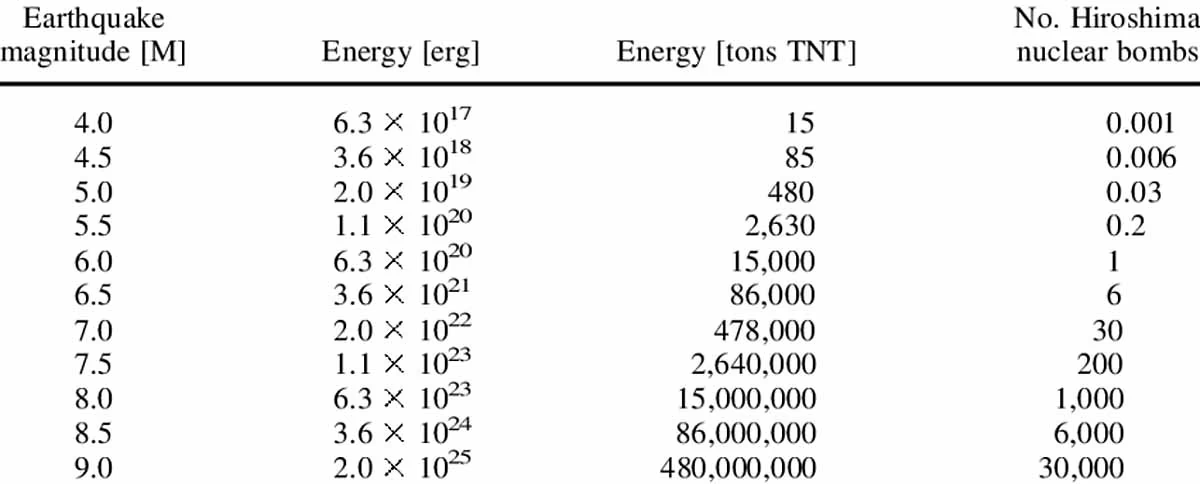
Source: aajtak
Nuclear Bomb Energy Comparison
In 1945, the atomic bomb dropped on Hiroshima, named "Little Boy," equaled 15 kilotons of TNT, releasing 6.3 x 10^13 joules. One kiloton of TNT equals 4.184 x 10^12 joules. Comparing this to the energy of an 8.8 magnitude earthquake (9 x 10^17 joules), we find it approximates to the impact of about 14,300 Hiroshima bombs.
Energy of an 8.8 magnitude earthquake: 9 x 10^17 joules
Energy of Hiroshima bomb: 6.3 x 10^13 joules
Divide these: (9 x 10^17) ÷ (6.3 x 10^13) = 1.43 x 10^4, roughly 14,300 bombs.
Some sources mention 9,000 bombs, a discrepancy likely due to variations in estimates considering factors like quake depth or fault nature.
Explore further:
studies comparing seismic energies with TNT tons suggest an 8.8 magnitude quake equals 6.27 million tons of TNT, fitting the 10,000-14,000 Hiroshima bomb range, validating the 9,000 estimate.
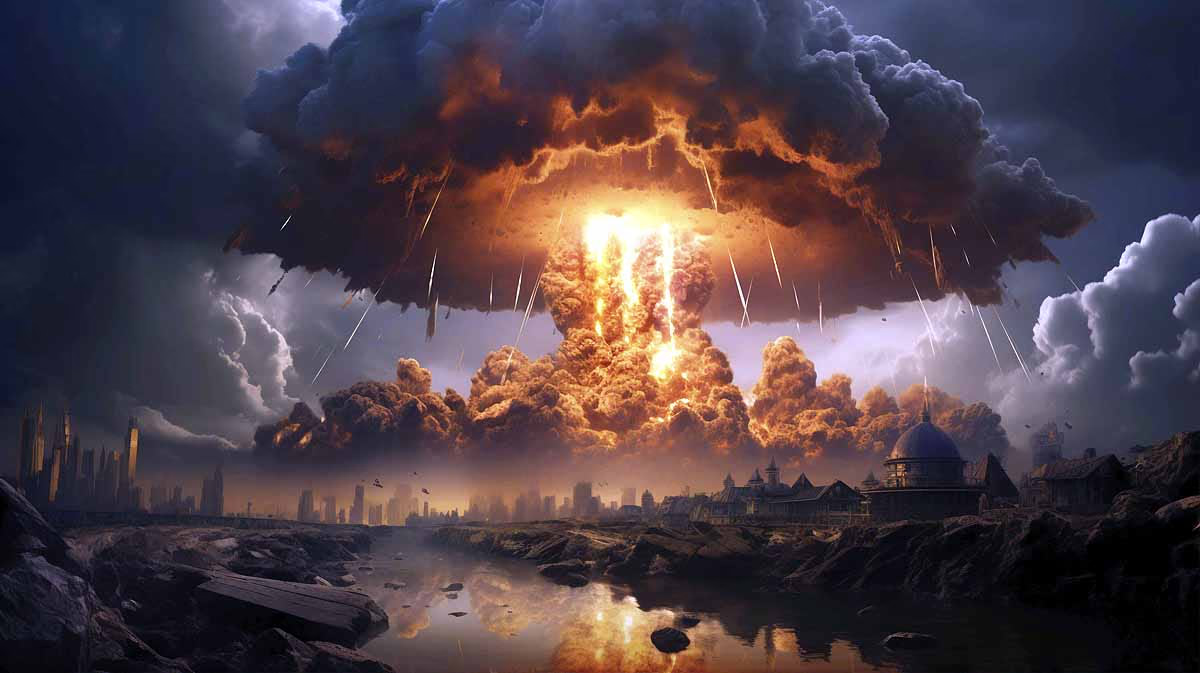
Source: aajtak
Fear in Russia and Japan
A recent 8.8 magnitude earthquake hit Russia's Kamchatka Peninsula near Japan, within the Pacific Ring of Fire, a hotbed for earthquakes worldwide. The fear in Russia and Japan stems from this location's volatile history with seismic activity.
Japan's Troubled Past:
Japan has faced major quakes before, like the 2011 Tohoku quake (magnitude 9.0), which triggered a tsunami and nuclear leak at Fukushima. That event claimed 28,000 lives and caused $360 billion in damages. An 8.8 quake could be equally catastrophic, especially near coastlines.
Kamchatka in Russia:
Renowned for volcanic and seismic activity, Kamchatka's sparse population doesn't diminish the threat's reach to Japan and other coastal areas. This quake prompted tsunami warnings, amplifying fears in both countries.
Tsunami Threat:
If such a quake occurs under the sea, it could trigger a tsunami akin to the 2004 Indian Ocean quake (magnitude 9.1-9.3), killing 230,000 people in India, Indonesia, and Sri Lanka.
Socioeconomic Consequences:
Although Russia and Japan are developed, a massive quake could severely strain their economies, infrastructure, and people's livelihoods.
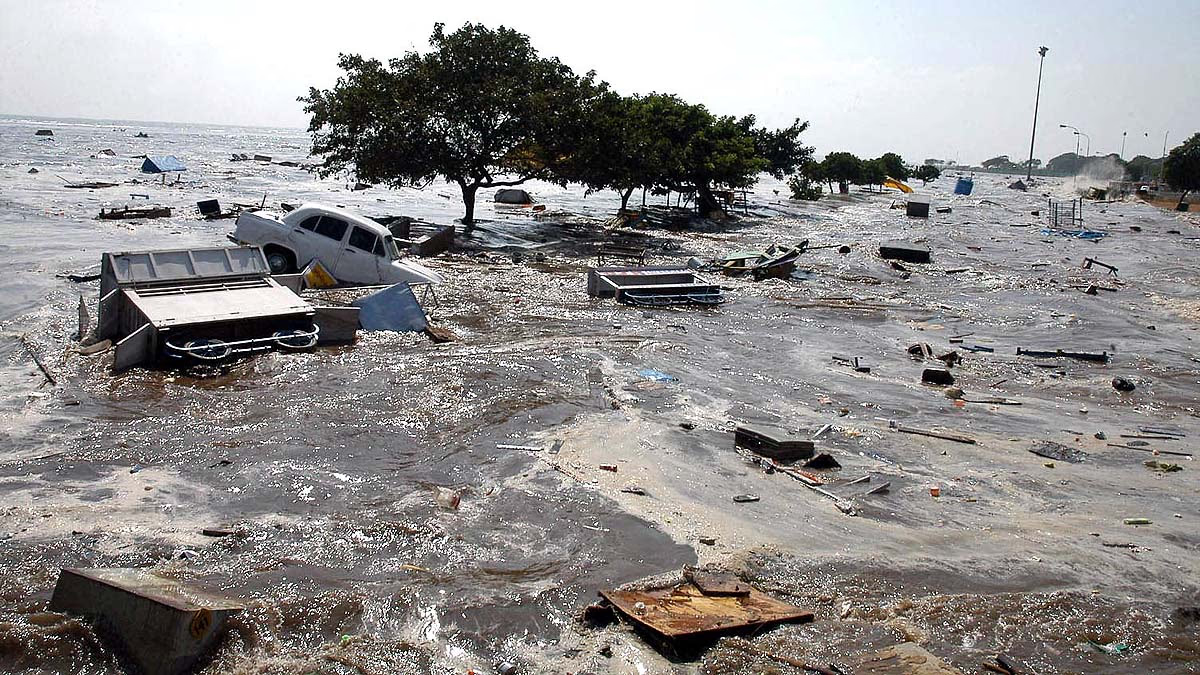
Source: aajtak
Differences Between Quake and Nuclear Bomb Energy
Although an 8.8 quake equals the energy of 9,000-14,300 Hiroshima bombs, their impacts vary.
Energy Dispersal
Earthquake: Energy spreads as seismic waves (P and S waves) through ground and water, causing extensive but largely subsurface dispersion.
Nuclear bomb: Energy spreads rapidly as air, heat, and radiation within a smaller radius (1-2 km), causing intense immediate damage.
Impact Duration
While an earthquake may last seconds to minutes, it can lead to landslides, liquefaction, and tsunami threats. A nuclear explosion is instantaneous but radiation effects linger for years.
Damage Types
Earthquakes topple buildings, roads, and bridges.
Nuclear bombs cause immediate destruction through fire, radiation, and blast waves.
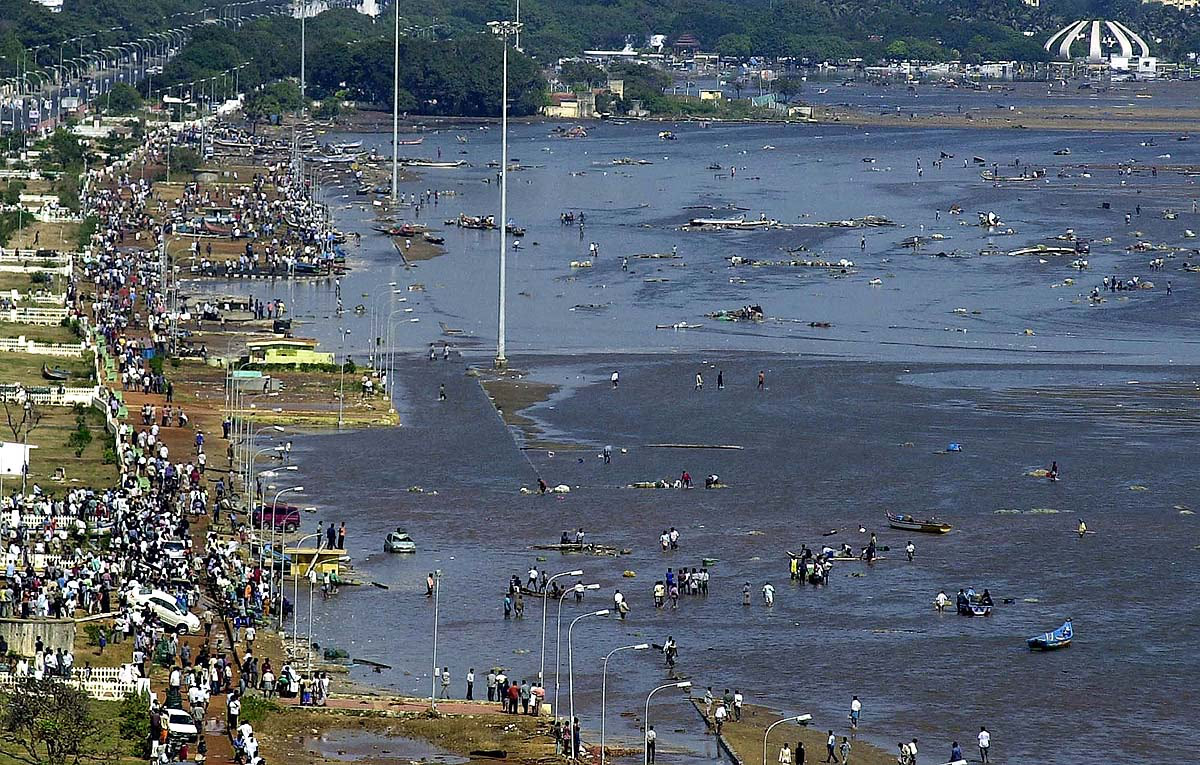
Source: aajtak
Illustration: Impact of an 8.8 Magnitude Earthquake
In 2010, Chile experienced an 8.8 magnitude quake, destroying hundreds of buildings, claiming 525 lives, and generating a tsunami. Its energy paralleled around 10,000 Hiroshima bombs. Earthquake-resistant structures in Chile mitigated damage, but such a quake in densely populated Indian plains (e.g., Delhi, Patna, or Lucknow) could wreak much greater havoc.
Potential Impact on Indian Plains
In India's Gangetic plains, with soft alluvial soil, a 8.8 magnitude quake could cause massive devastation as soft soil amplifies seismic waves, raising liquefaction risks. Older, non-earthquake-resistant buildings could easily collapse.
Extremely populated areas could see casualties in the millions. For example, the 2001 Bhuj earthquake (magnitude 7.7) in India killed 20,000, but an 8.8 quake would be far more catastrophic.
